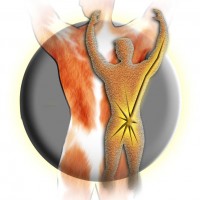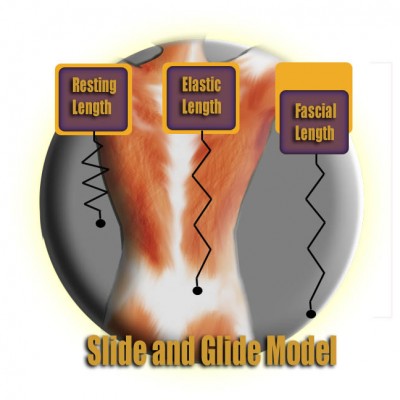Restrictions in this system can be created through physical injury, emotional trauma, inflammation, and postural imbalances. As restrictions are formed in the fascial system, pain, reduced ROM, local dysfunction, systemic dysfunction, postural imbalances and fatigue may begin to occur. These symptoms can occur locally or in areas remote from the original restriction because of the 3-dimensional structure and ubiquity of the fascial system. These restrictions can exert a tensile pressure of up to 2000 lbs on delicate, pain-sensitive structures anywhere in the body.
Acknowledgement and treatment of the fascial system is credited to John F. Barnes, P.T. His work has provided therapists with a new set of extremely effective tools that relieve the repetitive experiences of chronic pain and/or injury that so many of us endure. A number of the techniques we will cover are from his courses on Myofascial Release™.
Many of the stretches that will be assigned in your home program are stretches that specifically address the fascial system. This will likely be a very different approach to “stretching” than you are used to or have been exposed to. In order to make permanent changes in the length of the fascia, the length of time that we hold our stretches becomes important. You will need to hold your home stretches for a minimum of 1.5 minutes and sometimes as long as 3-10 minutes. However, it is strongly recommended that you rely less on a fixed time and more on the sensation of the release to determine how long to hold the stretches.
Keep in mind that fascia will tend to regress (especially in problem areas) if it is not stretched on a daily basis during the early (intensive) phase of your program. Therefore, to resolve problem areas, it is recommended that you work on lengthening the fascia in those areas at least once a day for the first two weeks of your program.


